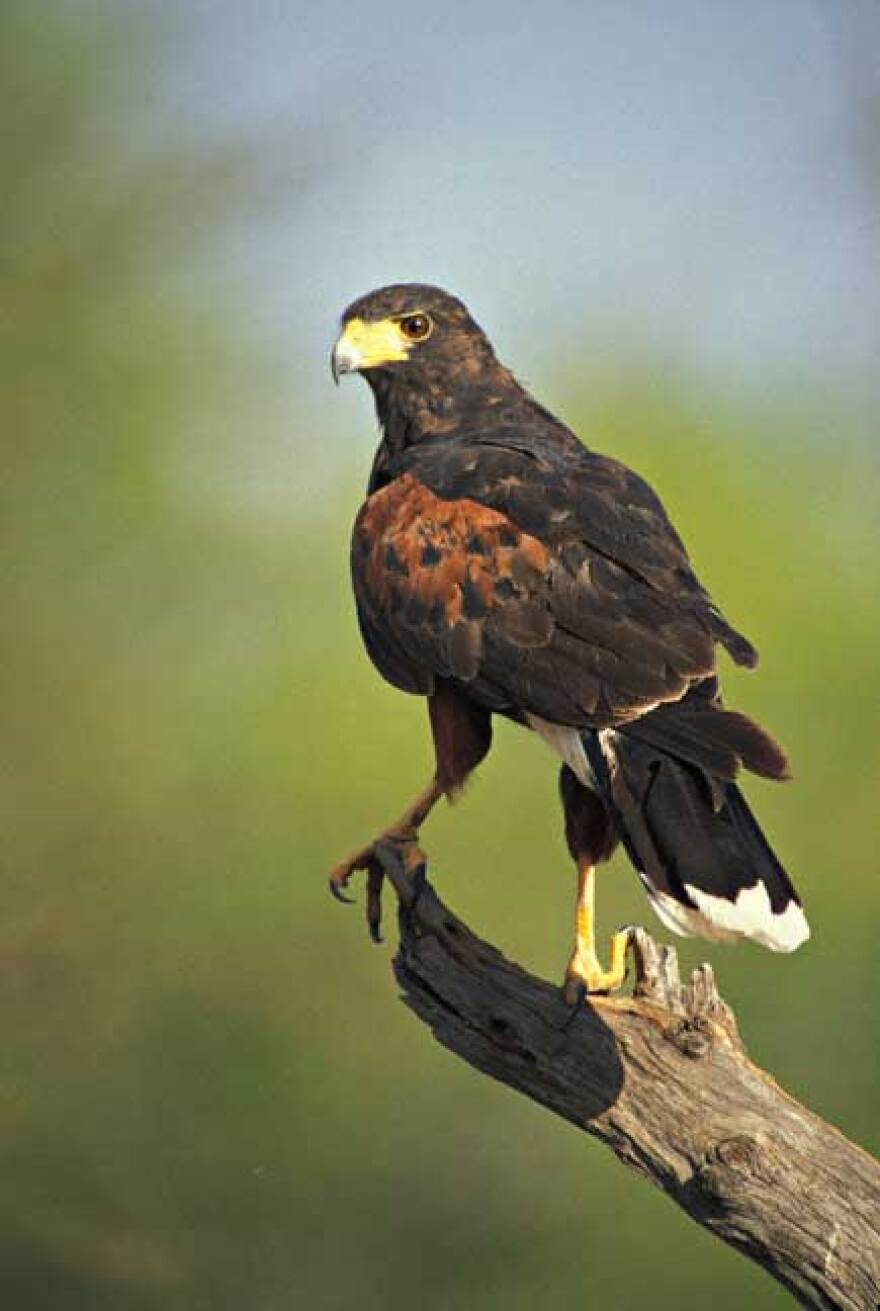Over 175 rehabilitators are registered in Texas alone. A guess of total funds spent by them over a year's time is around a million dollars just in the state of Texas.
Does that million dollars save a species of bird? No. Does it alter population dynamics? Not at all, for a rehabilitator sees a very minor part of the local population. The truly endangered species have specific programs in place to captive-raise individuals, release individuals to create new locations for the species and to raise public awareness.
The average yearly mortality rate of any balanced population of any species is 50%. In smaller organisms the mortality comes from predation, and in larger organisms mortality is usually caused by starvation and old age. Anyone with any knowledge of population studies admits such basic ecological facts. Sentimentalists confuse conservation with saving individual animals from suffering.
Violent death is a part of nature. Nestling birds are killed by snakes, owls, hawks, weather, disease and parasites but mostly by starvation. After leaving the nest, fledglings must learn to survive, and more than half of those die before reaching reproductive capability. Yet, year after year, breeding populations of most species of birds stay roughly the same. Some, such as gulls, blackbirds, and other species that have learned to live off the excesses of the human race even increase.
In John and Frank Craighead's classic three-year study of raptors in Michigan, seven percent of the population died at the hands of humans, while 38% died each year from all causes. In Michigan, there is much easier access to the land. In most of West Texas, access is almost nil, and there are far fewer people per square mile, so the seven percent of raptors dying by the hands of humans is probably less than half of that here. That includes birds shot, poisoned, electrocuted, killed by cars, highlines, and TV and radio towers.
So what is a conservationist to do? Where is the biggest bang for the buck? Habitat conservation, of course. Species diversity relies on habitat conservation. Species with restrictive habitat preferences come first. Join the Nature Conservancy instead of strident advocacy of more and usually unenforceable laws. The Nature Conservancy finds, buys, and protects endangered ecological areas and is responsible for founding more than 1000 nature preserves.
Bird rehabilitation is a project for people, to make them feel they are caring about nature. It makes people feel good - it personalizes their love for nature. There is nothing wrong with such work, except it does not do birds much good. If habitat is not preserved, then all the rehabilitators will have to help are species which can adapt to anything: grackles instead of anis, gulls instead of plovers, Great Horned Owls instead of Spotted Owls, House Sparrows instead of LeContes Sparrows. Mockingbirds instead of Bell's Vireos - the list could go on and on.
What should one do if a hurt bird is found? Three options are valid: if not badly hurt, you can take it to a rehabilitator. Put badly hurt birds to death if you don't wish them to suffer. The third option is the most ecologically sound - leave it for the predators - they're hungry too.
Nature Notes is sponsored by the Dixon Water Foundation and is produced by KRTS Marfa Public Radio in cooperation with the Sibley Nature Center in Midland, Texas. This episode was written by Burr Williams of the Sibley Nature Center.







